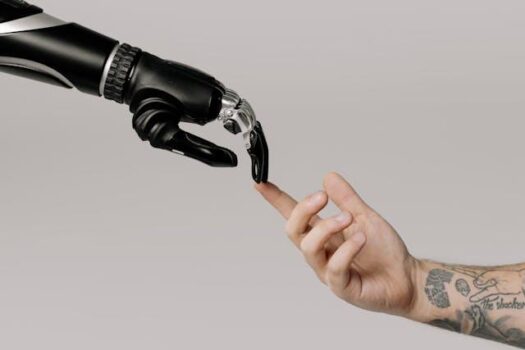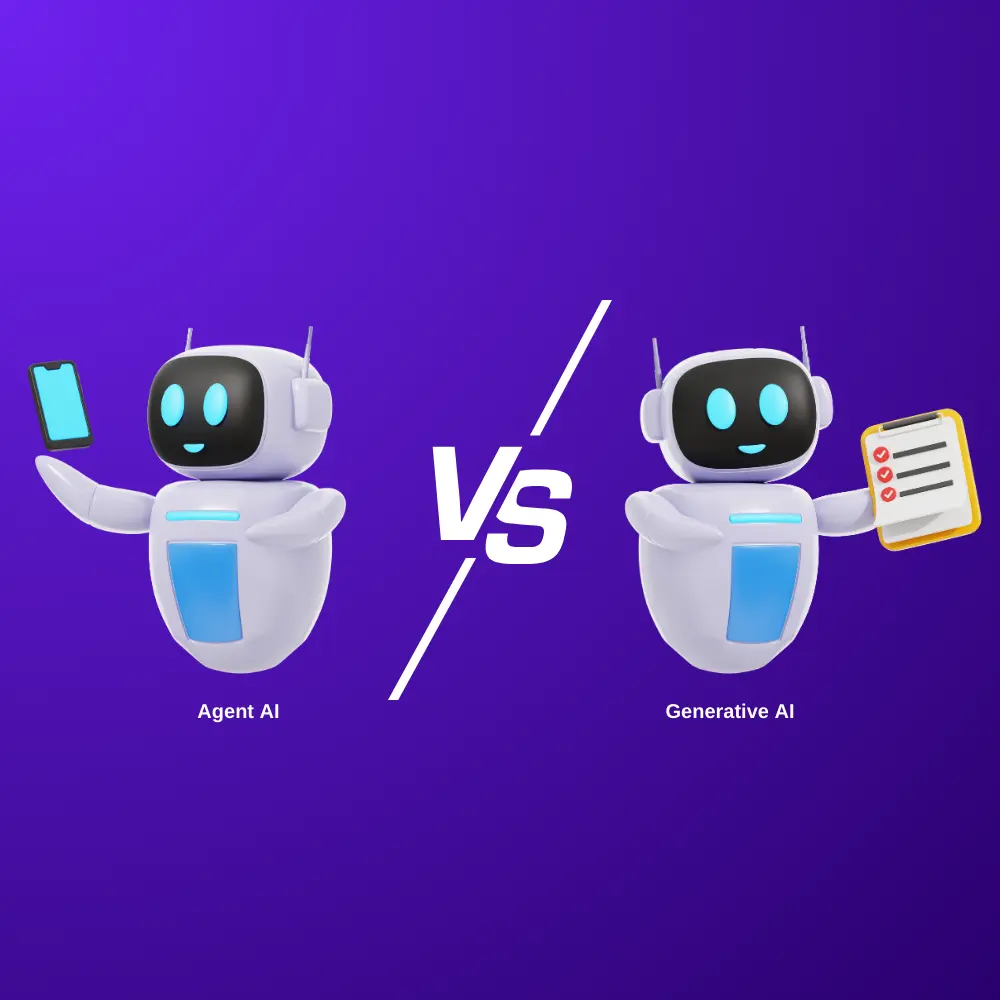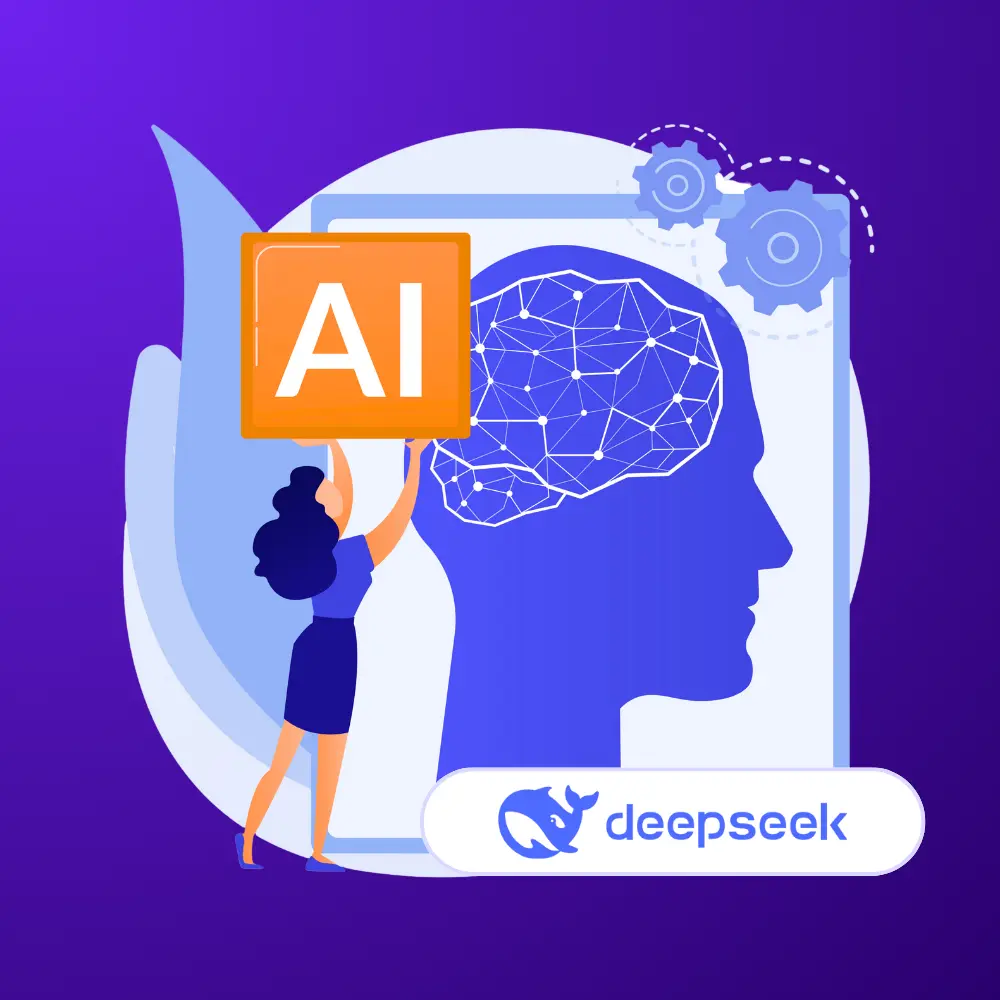
With the rise of digital platforms eroding more and more of the traditional business landscape, companies are starting to understand just how important connecting with their customers actually is. Though the research on happy customers is clear—they’re much more likely to be loyal, interact more with their favored brands, and provide more value over time—how companies are supposed to engage those customers is still up in the air.
Enter AI
AI makes it possible to deliver the kind of proactive service your customers today want while cutting costs for your organization:
something that private equity partners, investors, and shareholders are all after.
But why is AI effective in reaching out to customers? How can businesses incorporate AI into their customer service plans? And what does success look like when using AI in customer service?
Why AI Customer Engagement is the Future
Three factors have made it necessary for businesses to transform their customer service using AI:
- First, more customers are now open to—or even prefer—chatting with AI rather than humans.
- Second, technologies like messaging apps are becoming easier to use.
- Both factors are boosted by the sheer breadth of data available today, making it possible to train AI systems that are powerful enough to offer relevant, accurate responses to a wider range of customer inquiries. Between customer demographics, purchase history, and interaction data through social media platforms, businesses can leverage AI to build a more comprehensive understanding of their customers—including their preferences, pain points, and communication style.
The result? A personalized and proactive customer experience that keeps your customers engaged and satisfied with minimal time investment from your team. Before jumping fully on board, however, your company must address two key challenges:
- Complexity – The COVID-19 pandemic led many people to rely on digital services, and now they prefer using these online options for assistance. However, when they encounter more complex issues, they still turn to contact centers and chat support for help.
- Rising expectations – As customers become more comfortable with online services for straightforward tasks, they begin to expect the same quality of assistance even when their needs are more complicated.
The factors that make it necessary for businesses today to adopt AI in their customer service operations also crank up the difficulty of leveraging the technology to its full potential. For instance, customers expect quick and accurate resolutions to their issues, regardless of the complexity.
How AI Keeps Up with Customer Expectations
Switching to AI raises the stakes right away.
For instance, let’s say your human agent takes five minutes to handle one call, on average. Let’s assume that AI cuts that number down to three minutes. You’d think that your customers would be over the moon with a 40% reduction in time spent on the phone—and you’d be right. But not for very long.
Once three-minute calls feel normal, customers will soon start wondering why their issues can’t be resolved even faster. With human agents, there’s an inevitable wall that they’ll hit when it comes to cutting down their call time. But AI can continue to evolve and improve, constantly pushing the boundaries of what is possible in terms of speed and accuracy.
The same case goes for callers who expect personalized solutions. Pulling up notes on a customer’s past interactions and preferences can take time for a human agent, but AI can do it instantly. This could raise customers’ expectations in the future, yes, but AI is built to learn and adjust to each person’s needs, making keeping up with these expectations easier.
The Importance of Human Help
Even though AI can take care of many customer requests, there are still times when people need to step in. This is especially true for complicated or sensitive problems that need a personal touch and understanding, something AI might struggle with.
In these situations, AI can help by directing customers to human agents who can address their concerns properly. This creates a nice balance between automated service and human support, ensuring customers get the assistance they need.
And, with the simple, repetitive tasks squared away with AI, human agents have much more bandwidth to focus on thorny issues and empathize with customers. This human touch can make a huge difference in bringing home that last mile of excellent service.
Real-World AI Success in Customer Experience: A Deep Dive into Sephora
The beauty retail company Sephora shows how AI can greatly improve customer experience.
The company started with a simple AI chatbot and has turned it into a smart tool that gives personalized product recommendations and style tutorials. The AI looks at what customers like and buy to tailor suggestions that fit personal tastes, making shopping enjoyable for everyone. With this personalized approach, customers don’t have to wade through countless beauty items without help. Instead, they receive recommendations that match their beauty needs.
All these features later coalesced into Sephora’s groundbreaking “virtual try-on” feature, which does exactly what it promises to do. You get to see how their AI-recommended products will look on you, thanks to augmented reality. You not only save time and money, but you also get more accurate recommendations the next time you visit.
The platform also offers helpful content like custom tutorials, expert tips, and personalized skincare regimens, making the shopping experience richer and more engaging. This caring method not only boosts customer satisfaction but also inspires buyers to explore the latest beauty trends on their own—a win-win for both customers and Sephora.
Many companies have since caught up to Sephora’s trailblazing AI-powered customer service. But Sephora’s early lead in using AI for customer service positions itself ahead of many other companies when it comes to developing smarter AI tools in the future.
Their innovative “Store of the Future” concept in Shanghai showcases what lies ahead. Alongside a refined recommendation system, Sephora plans to introduce a device for analyzing skin, a scanner to check the ingredients of their products, and a customization service—staffed by humans—that adds a personal touch to gifts, allowing customers to include scents and voice messages for their loved ones.
Wrapping Up
Millennials and Zoomers—the bulk of current and future customers—have high expectations for customer service. After all, they didn’t grow up in a world without the internet. Spending hours waiting on a line isn’t just annoying; it’s unimaginable. As customer service expectations rise alongside cost pressures from more competition, the traditional way to bridge this gap, hiring more customer service staff, just isn’t possible.
AI helps bridge this gap seamlessly. Not only does AI provide the responses your customers need at a much faster rate, it also allows you to keep up with their constantly rising demands: squeezing out competition, cutting costs, and maximizing profits!
Katie Pierce
Katie Pierce is a teacher-slash-writer who loves telling stories to an audience, whether it’s bored adults in front of a computer screen or a bunch of hyperactive 4-year-olds. Writing keeps her sane (most of the time) and allows her to enjoy some quiet time in the evening before she walks into a room of screaming kids (all of whom she loves dearly) the next morning.



